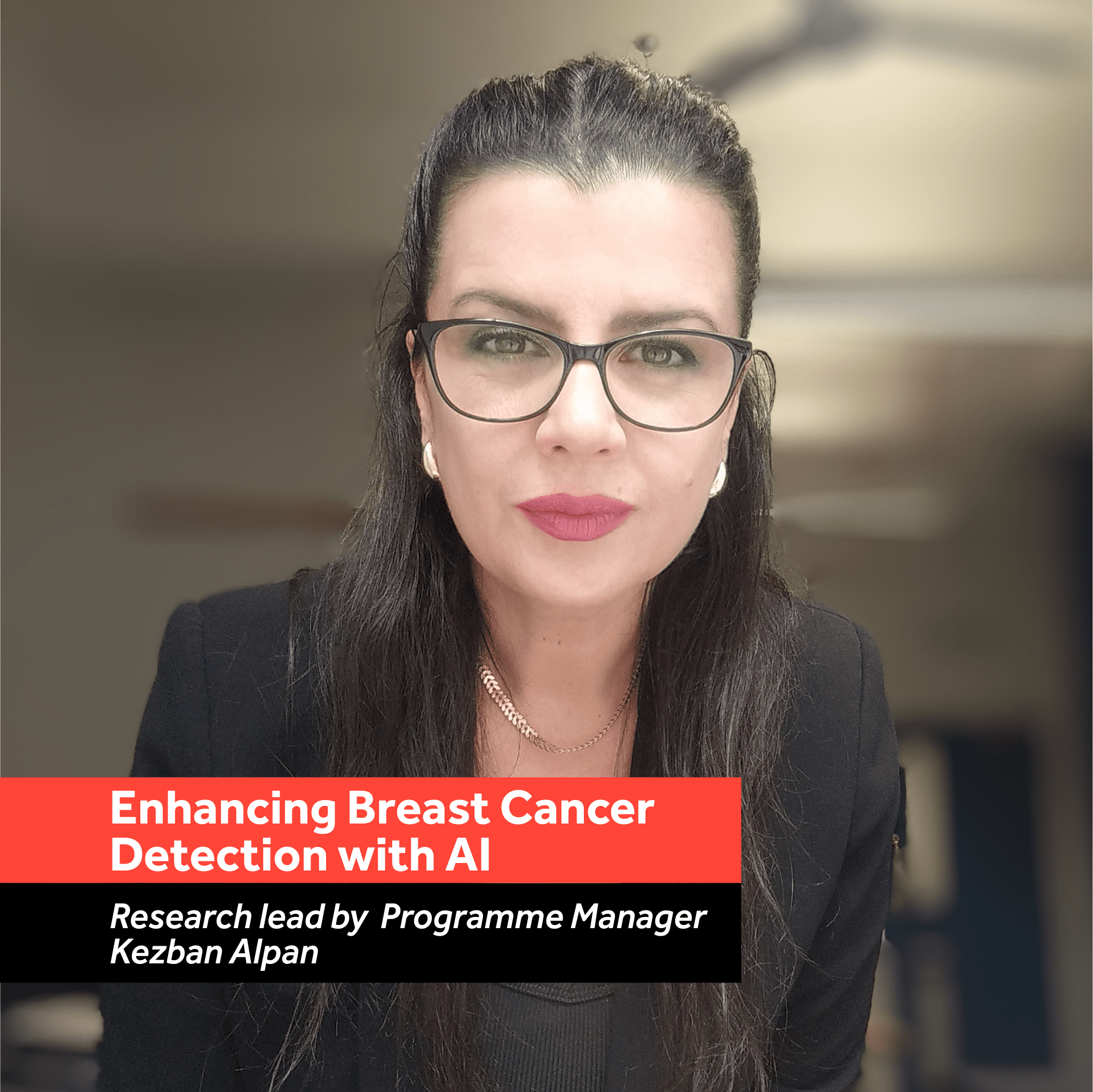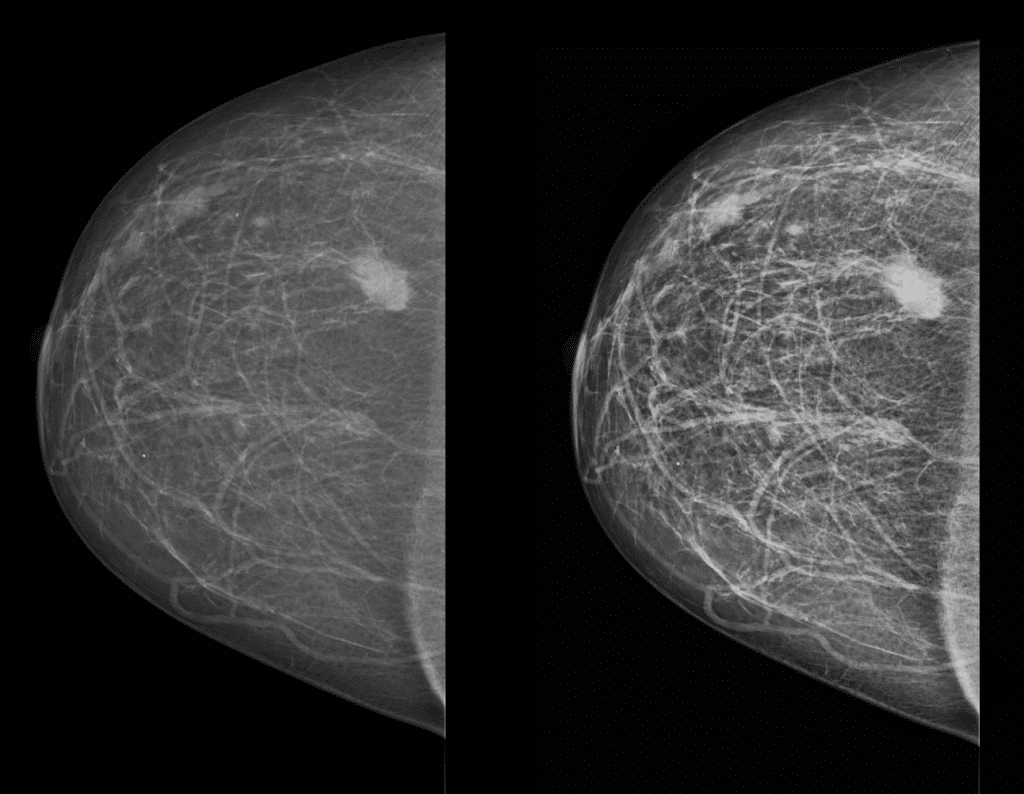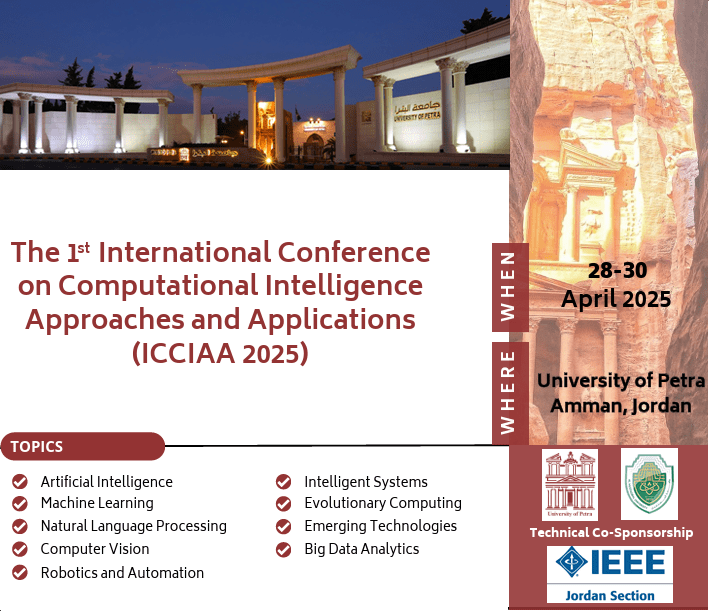
How AI, Breast Cancer Research and One Lecturer’s Vision Are Creating Real-World Change
Posted on 11/07/25
Artificial intelligence is transforming healthcare, and DGHE’s Kezban Alpan is helping shape that future. Her recent research into breast cancer detection demonstrates how AI can support faster and more accurate diagnoses, leading to real-world impact.
Kezban Alpan, Programme Manager for Digital and Creative Technologies at DGHE, led a study focused on improving cancer screening using AI and image enhancement. She presented the findings at the 1st International Conference on Computational Intelligence Approaches and Applications (ICCIAA) in April. The study was later published by IEEE, the world’s largest professional body for advancing technology.
Bridging Research and Teaching
Originally from Cyprus, Alpan began her career as a Data Analyst in the Business Intelligence sector. She later moved into higher education and spent over 11 years teaching Software Engineering at Near East University. Currently, she is completing a PhD in Computer Science at Middlesex University, where she focuses on AI and image processing, especially in relation to women’s cancers.
Her approach blends academic theory with hands-on research. As a result, students at DGHE benefit from real-time insight into how digital technologies are solving complex global challenges.
The Study: Enhancing Breast Cancer Detection with AI
In collaboration with Prof. Dr. Kamil Dimililer (Near East University) and Mr. Bardia Arman (Cyprus International University), Alpan led a project that explored how to improve mammogram image quality. The team applied CLAHE (Contrast Limited Adaptive Histogram Equalisation), a technique that increases image clarity and contrast.
They began with 745 mammogram images. Through data augmentation, they generated 9,685 enhanced images. The team then used these to train ResNet-18, a deep learning model designed to identify patterns in medical imagery.
As a result, the model became significantly better at spotting signs of cancer. The team also reduced image processing time by nearly 50 percent. This improvement could help healthcare providers deliver quicker, more accurate diagnoses, which is critical for early detection and treatment.

Why This Matters at DGHE
Importantly, Alpan’s research highlights the value of having lecturers who are not only qualified educators but also active contributors to their fields. Her work connects the classroom to cutting-edge developments in AI, healthcare, and digital innovation.
By learning from professionals who bring real-world expertise into their teaching, students at DGHE gain more than technical knowledge. They build the confidence and critical thinking skills needed to thrive in fast-changing industries.

Other News
Filter news
- Content
- Events
- News
- Students
- Uncategorized

